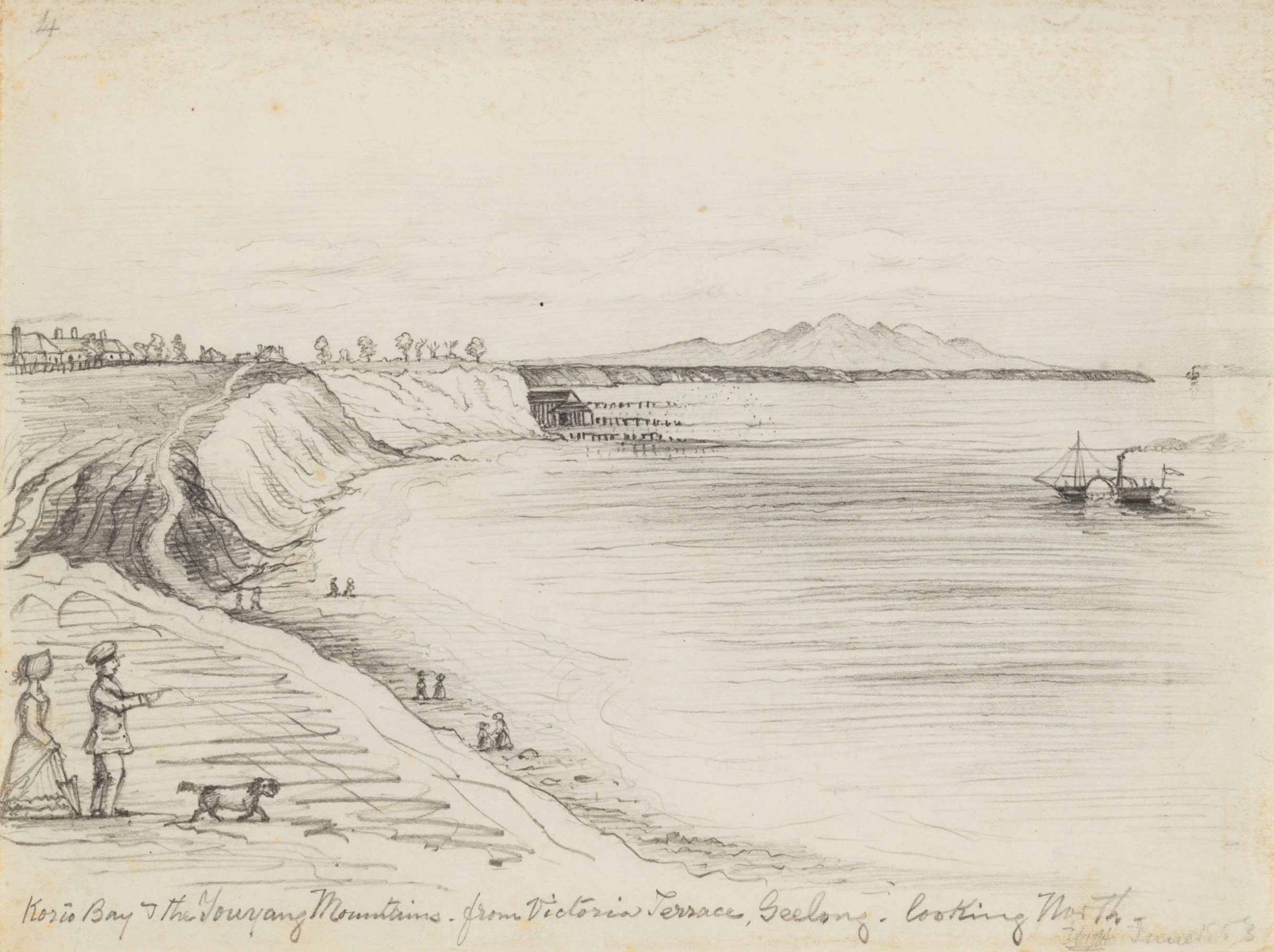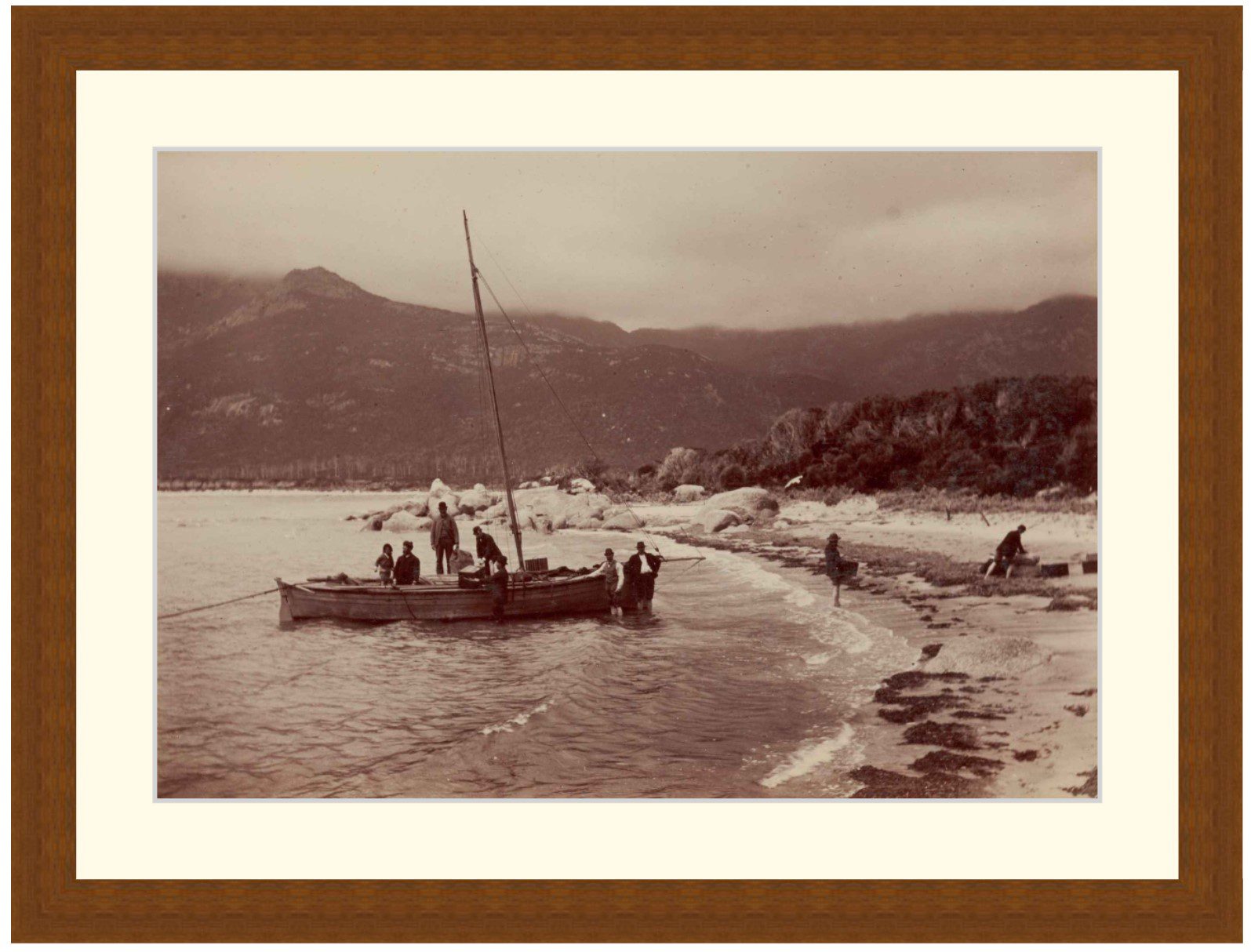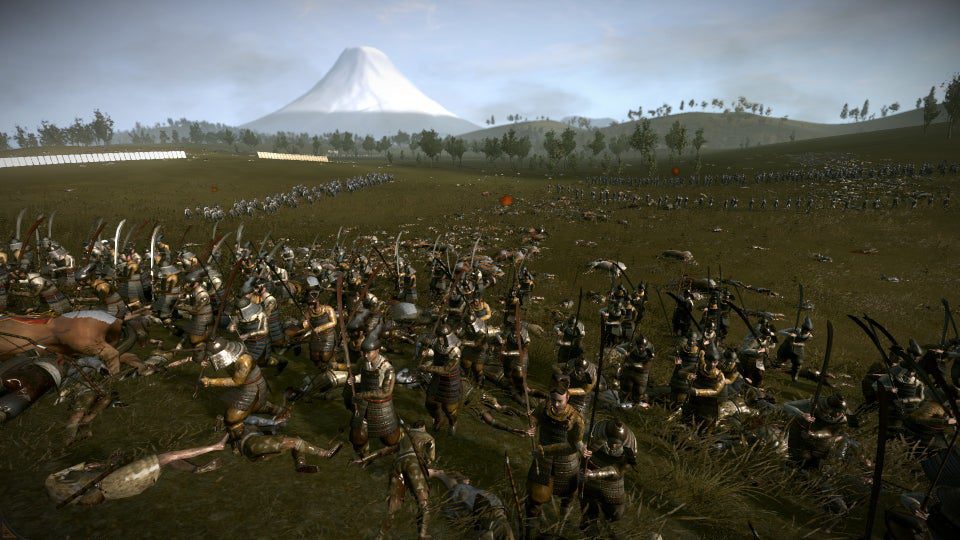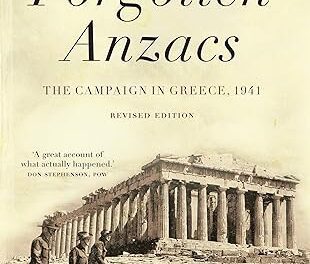Reading time: 7 minutes
The AK-47 is perhaps one of the most recognizable automatic rifles in the world. This simple gun, produced by Mikhail Kalashnikov, was initially intended to replace the rifles and submachine guns carried by Soviet forces at the end of WW2. However, it quickly became the weapon of choice during most conflicts following the Second World War. But, how did this weapon become the most famous and one of the deadliest guns in the world?
By Jade McGee
The Inventor: Mikhail Kalashnikov
The story of the AK-47 begins with its creator, Mikhail Kalashnikov, a poor man who would eventually become a Soviet hero. He was born in November 1919, into a large peasant family in the small village of Kurya.
The state viewed Kalashnikov’s family as Kulaks. Kulaks were peasant farmers who owned large amounts of land and were often seen as ‘hesitant’ allies of the revolution. During the Soviet Collectivisation Process of the 1930s, the Kalashnikov family were among the millions who were displaced to Siberia. It was here that a young Mikhail Kalashnikov learned how to use a rifle.
When Kalashnikov turned 13, he returned to Kurya, where he became a mechanic at a tractor station. His new job ignited an interest in machinery.
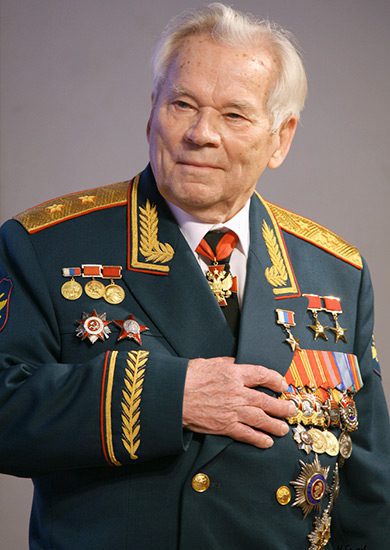
In 1938, Kalashnikov joined the Red Army as a tank mechanic. During his training, Kalashnikov developed his first few inventions, all of which concerned tanks and small weapons. He was promoted to Tank Commander by the time World War Two broke out. Kalashnikov served in the 24th Regiment.
During the Battle of Bryansk in October 1941, Kalashnikov was wounded in combat and later hospitalised. This unfortunate event was surprisingly the spark that would lead to Kalashnikov inventing the AK-47.
Kalashnikov would later develop a range of automatic assault rifles and machine guns, becoming a Doctor of Technical Sciences and a member of 16 academies.
Kalashnikov died after a prolonged illness in December 2013 at the age of 94. Before his death, however, he wrote a letter to Patriarch Kirill, the leader of the Russian Orthodox Church. In this letter, he expressed his suffering of spiritual pain. He wrote, “if my rifle claimed people’s lives, then can it be that I… was to blame for their deaths?”
Development of the AK-47

During his last months in hospital in 1941, Kalashnikov overheard several fellow soldiers complaining about their weapons. Soviet soldiers were armed with a mixture of pistol calibre submachine guns or rifle calibre bolt-action and semi-automatic rifles. Being a soldier himself, Kalashnikov set out to develop a weapon better suited to soldiers’ needs.
He first designed a submachine gun, which was not accepted into service. Despite this, his talents were noticed, and Kalashnikov was assigned to work closely with the Soviet Union’s Chief Artillery Directorate. In 1944, Kalashnikov, along with several other arms designers, was tasked to design a weapon that could use the new 7.62x39mm cartridge. Taking inspiration from the American M1 Garand, Kalashnikov designed a gas-operated semi-automatic weapon. Unfortunately, it lost to competitors.
In 1946, during another rifle development competition, Kalashnikov designed another gas-operated weapon. This rifle, however, had a short-stroke gas piston above its barrel, known as a breechblock mechanism. It also had a rotary bolt, separate safety and fire selector switches, and a two-part receiver with separate trigger unit housing. Further, it had a non-reciprocating charging handle and the iconic curved 30-round magazine. This design moved onto the second round of the competition, where it proved to be extremely reliable.
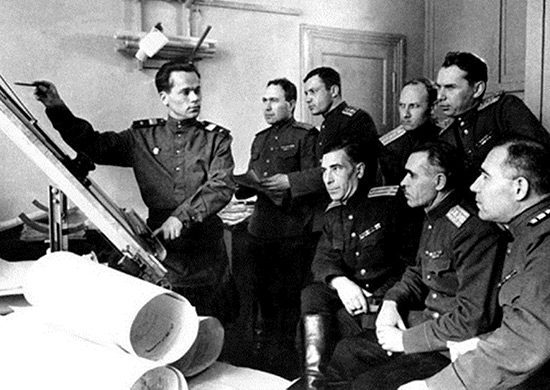
However, in 1947, he was convinced to overhaul the gun’s design to improve its reliability even further. The new weapon now used a long-stroke gas piston above its barrel and its two receivers were combined. The separate selector switches become a single control lever and the bolt handle was moved to the bolt carrier.
These changes simplified the design, production, and handling of the gun. In 1949, following onerous testing, the new prototype was officially adopted by the Soviet Army. It was officially known as ‘7.62mm Avtomat Kalashnikova.’

How it Became the Deadliest Weapon in The World
Once the AK-47 became the official assault rifle of the Soviet Union, it was quickly adopted by other members of the Warsaw Pact. Interestingly, the robust AK-47 gave the USSR a one up on the battlefield and the international arena.
As the USSR reorganised itself following Stalin’s reign, the AK-47 allowed them to capitalise on the growing tensions across the world. They offered these weapons to various countries and insurgencies that held similar communist or anti-western sentiments. This was a significant boost to many of these groups. It saw combat in almost every conflict since the mid-1950s.
Notable conflicts that have seen it’s use include the Vietnam War, the South-African Border War, the Columbian Civil War, and the Congo Civil War.
The AK-47, and its variants, were also used in more modern conflicts. It was the weapon of choice during the war in Afghanistan and the civil wars in Libya and Syria. The AK remains a popular weapon, being used in modern conflicts to this day, including the Russian Invasion of Ukraine.
The AK-47 became so widespread, with a long-lasting legacy, not just because of Russia’s influence during the Cold War. The AK-47 is perhaps one of the most reliable weapons in the world. It’s so durable, that it continues to function without fault even after being dunked in boggy water or sand. The AK-47 is also extremely simple to use – it can be dissembled and reassembled by children in less than 30 seconds. Furthermore, it’s extremely affordable and easy to produce.
Ultimately, its simplicity, reliability, ease of production and affordability makes the AK-47 a formidable and highly desirable weapon.
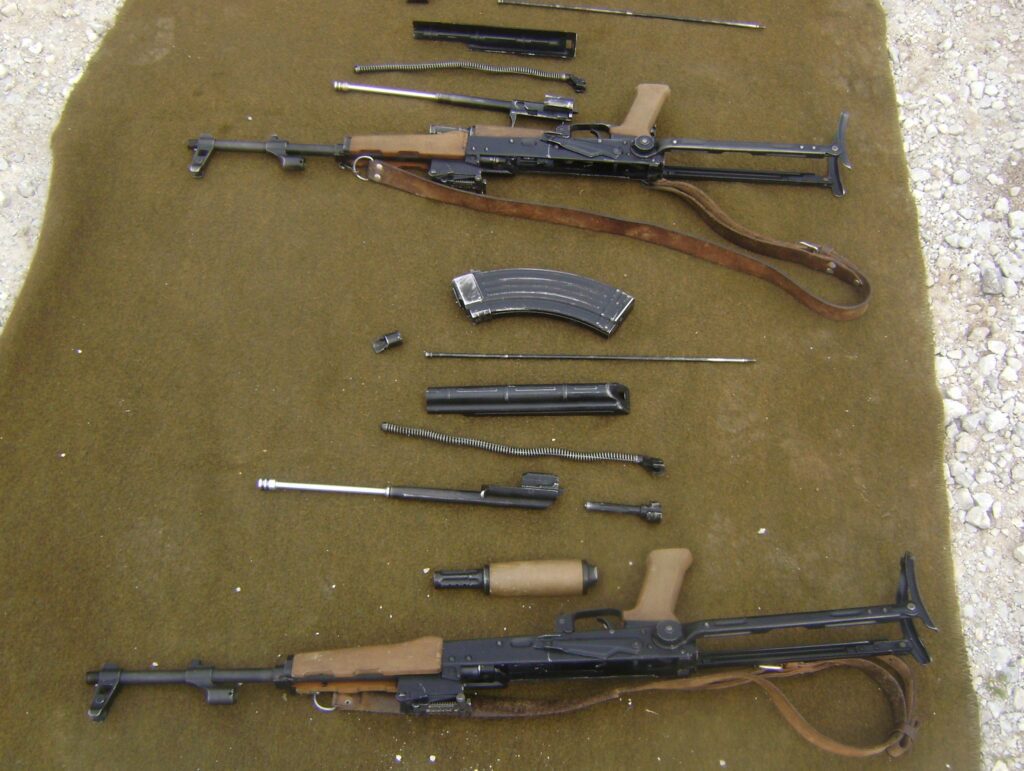
Cultural Influence
The AK-47, and its updated variants, make an impact in other spheres too. Its prevalent use during civil wars and insurgencies have allowed it to become a symbol of revolution. In pro-Communist states, it became more specifically a symbol of revolution. This revolutionary symbolism is so strong, it’s on the national flags and coats of arms of several countries that used the AK-47 during their revolutions of independence. It is part of the flag of Mozambique.
In Russian society, the AK-47 is a symbol of national pride. Its likeness is used on Russian knives, watches and even umbrellas.
The Ak-47 is also prominent in popular culture. It was the focus of the Nicolas Cage film, ‘Lord of War’. The AK-47, its variants, and the rest of the Kalashnikov family of weapons are also popular in first-person shooter video games.

The formidable AK-47 has an interesting story, one that is still ongoing today. It was the first successful weapon of Mikhail Kalashnikov and gave birth to the Kalashnikov family of weapons. This family of weapons continue to impact the world, on battlefields and in popular culture. Its simplicity, affordability and durability allowed it to become the most famous and deadliest rifle in the world.
Podcast episodes about the AK-47
Articles you may also like
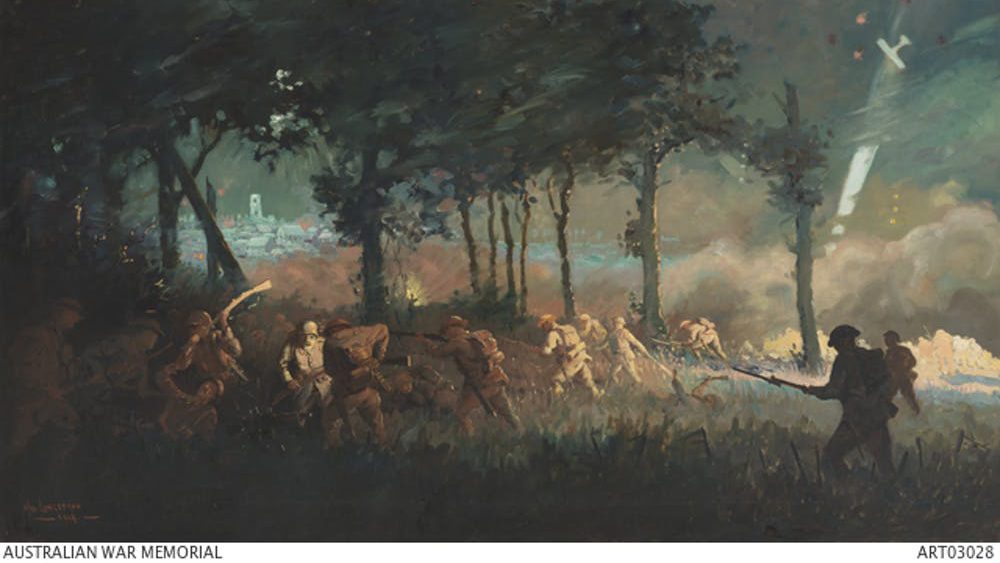
A short, sharp history of the bayonet
By Peter Monteath, Flinders University. Even the sound of a bayonet could be frightening. The audible whetting of blades in the enemy’s trenches could puncture a night’s rest with premonitions of steely death. The sight of gleaming blades, too, turned the stomach of many a soldier. For all the sheer, witless terror it could produce […]

The Incredible Career of Mercenary Bob Denard, Viceroy of the Comoros
Bob Denard had not quite reached his 32nd birthday when a newspaper article caught his eye. It was a profile on the foreign mercenaries fighting for Moïse Tshombe’s breakaway state, Katanga, in southern Congo, and it contained a photograph of the only Frenchman in Tshombe’s service. “His name was Antoine de Saint-Paul,” Denard recalled, “and […]
The text of this article was commissioned by History Guild as part of our work to improve historical literacy. If you would like to reproduce it please get in touch via this form.


